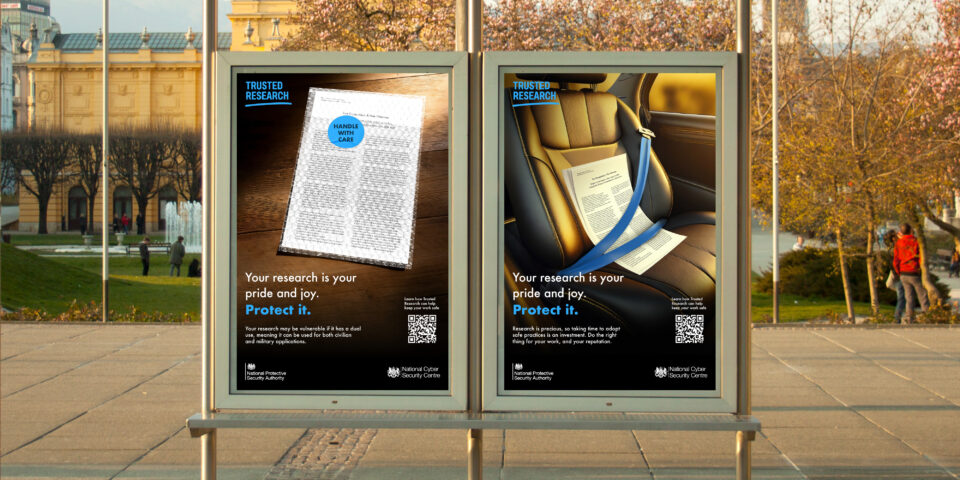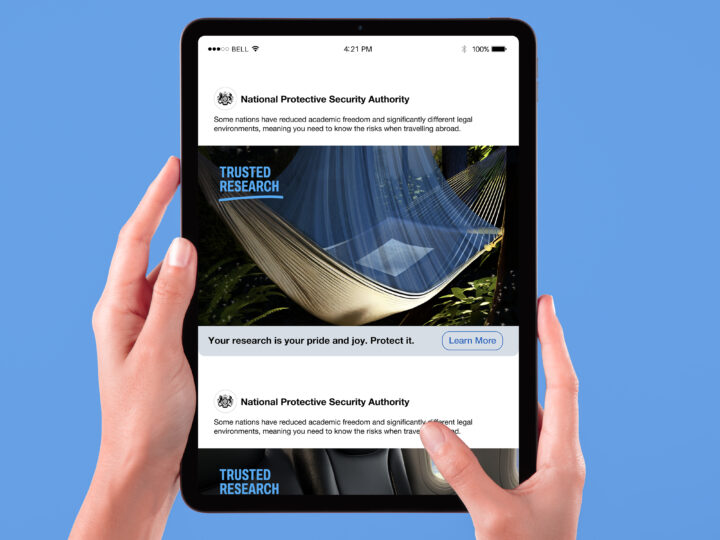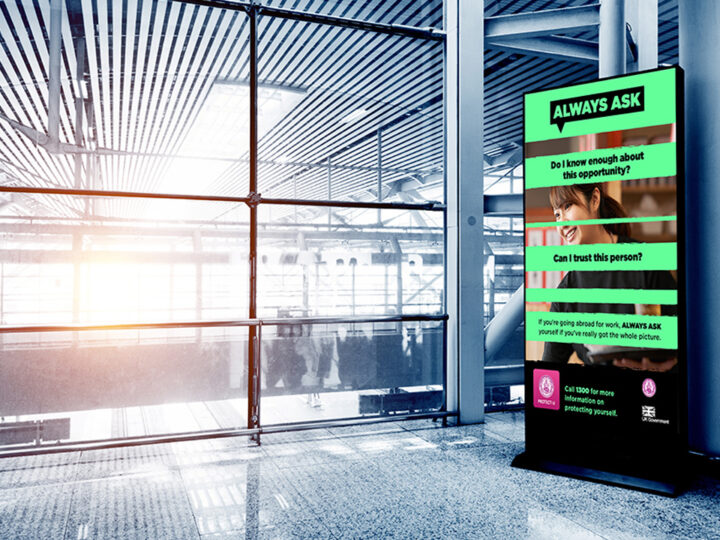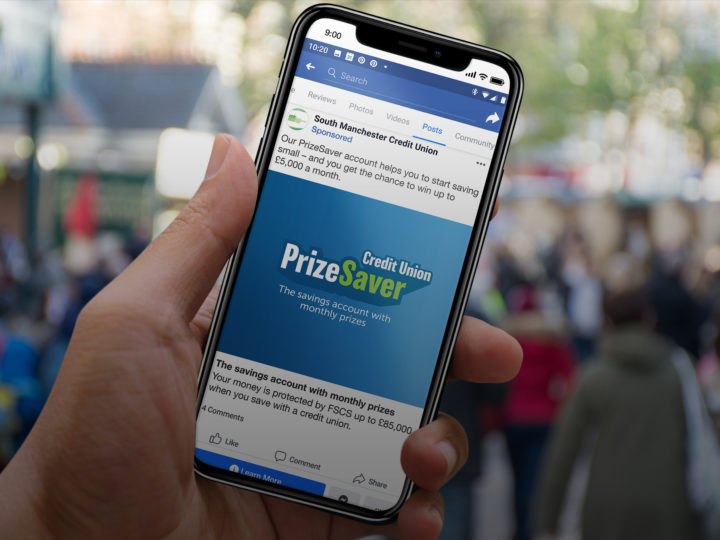Campaigns
Trusted Research
National Protective Security Authority (NPSA)



The challenge
The National Protective Security Authority (NPSA) asked us to develop a campaign for digital display and social media advertising. This campaign was to promote their Trusted Research programme, and encourage academics to understand the risks of international collaboration. NPSA’s current communications lacked effectiveness, and so they required a fresh approach to reach a difficult audience. Because of the pressures of academic competition, academics tend to be interested primarily in opportunities to further their career, and are largely unmotivated by national security concerns. This campaign needed to raise awareness and prompt behavioural change at the same time.
Our solution
We wanted to move away from a traditional government-styled approach, to create something memorable, while also avoiding scaremongering. Our ‘pride and joy’ concept asked academics to consider their research as something precious that should be taken care of. With a playful tone and a message of positive reinforcement, we aimed to motivate our audience by creating identification with the pride they have in their work. We used a phased messaging approach to create a general awareness of Trusted Research and international collaboration risks, before speaking about specific kinds of threats, and then the benefits of adopting Trusted Research principles.
Modern slavery and human trafficking prevention
Border Force


The challenge
Border Force needed help to create a campaign fighting the modern slavery and human trafficking problem in South East Asia. Migrants in Cambodia, Myanmar, Thailand and Vietnam are aware of these dangers – but the promise of opportunity often has a stronger pull. Our campaign therefore aimed to help people migrate as safely as possible, rather than putting them off altogether. Migrants are vulnerable to exploitation due to a lack of information, so the campaign also empowers them to ask the right questions and get the facts they need to protect themselves.
Our solution
Our campaign centres around an ‘always ask’ slogan, which gives audiences a memorable instruction, alongside examples of questions to ask. To reinforce this, we used partially-obscured photography to show how migrants may not always be getting the full picture. Through asking questions, they can get a clearer idea of the situation. To avoid scaremongering, we used bright and positive photography showing legitimate work opportunities. The green and black colour scheme is eye-catching and impactful enough to stand out in busy locations such as train stations.
PrizeSaver
HM Treasury


The challenge
In 2018, it was revealed that nearly one-quarter of UK adults have no savings. In that year’s Budget, HM Treasury announced a pilot for a prize-linked savings account, offered through credit unions. The pilot aimed to help people develop savings habits and ultimately improve their financial resilience.
For the pilot to be a success, we needed to create a brand that would appeal to a wide range of savers. Our target audience was people with low levels of savings, from young families to retirees, across the country.
Our audience also had low levels of trust in traditional financial institutions. We had to raise the profile of credit unions as an alternative and trustworthy way to save.
Our solution
Our strategic planning team began with insight and analysis to understand our hard-to-reach audience, including their awareness of credit unions and motivations and barriers to saving.
Together our teams developed different campaign propositions, brought to life through creative development and tested in focus groups. Balanced messaging that highlighted the pilot’s win-win aspect tested well, so we built the campaign around this.
The digital campaign included social media assets and online advertising. To educate savers, we built and managed a dedicated website and Facebook page. Our analytics, web traffic reports and evaluation enabled us to make live improvements throughout the campaign. Read our blog post for more on this project.
Great work starts with a conversation
Get in touch